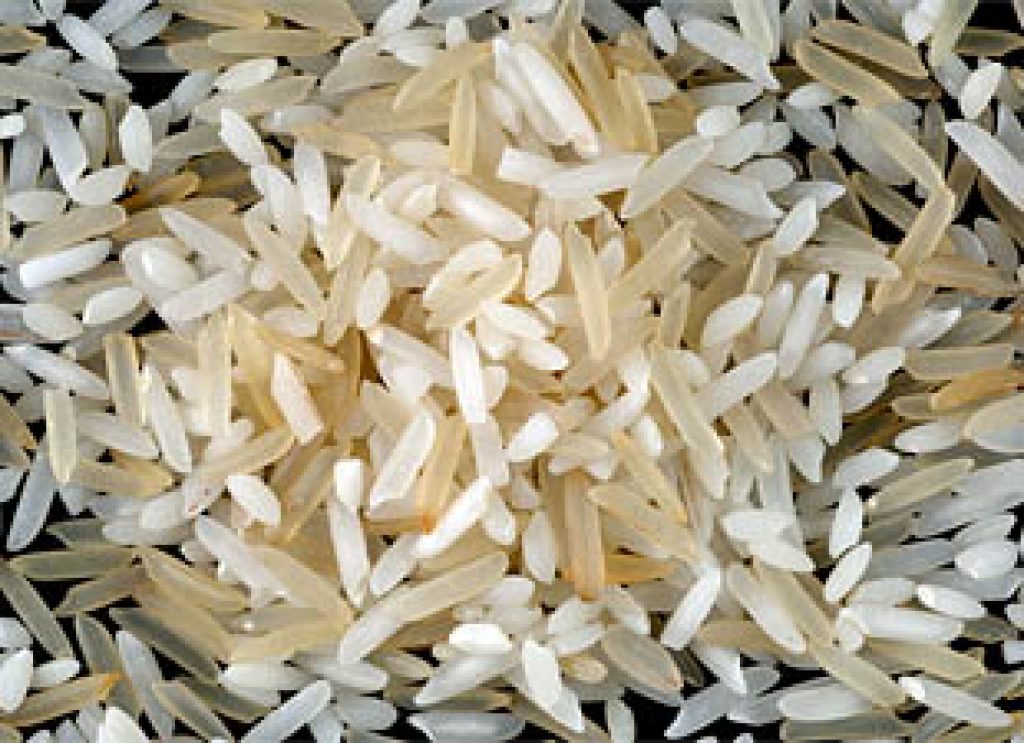
AsianScientist (Jul. 16, 2012) – Research analyzing 235 types of rice from around the world has identified the key gene that determines the glycemic index (GI) of rice, a breakthrough that offers rice breeders the opportunity to develop varieties with different GI levels to meet consumer needs.
The research team from the International Rice Research Institute (IRRI) and CSIRO’s Food Futures Flagship narrowed down the candidates to one – Waxy was found to be the main gene associated with GI in this study.
They then carried out the first large-scale phenotyping of this Waxy trait and discovered a large variability in GI in the rice varieties, ranging from a low of 48 to a high of 92, with an average of 64.
Low GI foods are those measured 55 and less, medium GI are those measured between 56 and 69, while high GI measures 70 and above.
When food is measured to have a high GI, it means it is easily digested and absorbed by the body, which often results in fluctuations in blood sugar levels that can increase chances of getting diabetes, making the management of Type 2 diabetes difficult.
Conversely, foods with low GI are those that have slow digestion and absorption rates in the body, causing a gradual and sustained release of sugar into the blood, which has been proven beneficial to health, including reducing the chances of developing diabetes.
Dr. Melissa Fitzgerald who led the IRRI team said GI is a measure of the relative ability of carbohydrates in foods to raise blood sugar levels after eating. Rice varieties like India’s most widely grown rice variety, Swarna, have a low GI and varieties like Doongara and Basmati from Australia have a medium GI, she said.
By applying the same method used here, breeders may now be able to rapidly identify and quantify the impact of low GI rices on blood sugar status, and develop breeding programs to select for GI based on amylose content.
Future development of low GI rice would also enable food manufactures to develop new, low GI food products based on rice.
“This is good news for diabetics and people at risk of diabetes who are trying to control their condition through diet, as it means they can select the right rice to help maintain a healthy, low GI diet,” said Dr. Tony Bird, a CSIRO Food Futures Flagship researcher.
The article can be found at: Fitzgerald MA et al. (2012) Identification of a Major Genetic Determinant of Glycaemic Index in Rice.
——
Source: CSIRO.
Disclaimer: This article does not necessarily reflect the views of AsianScientist or its staff.











